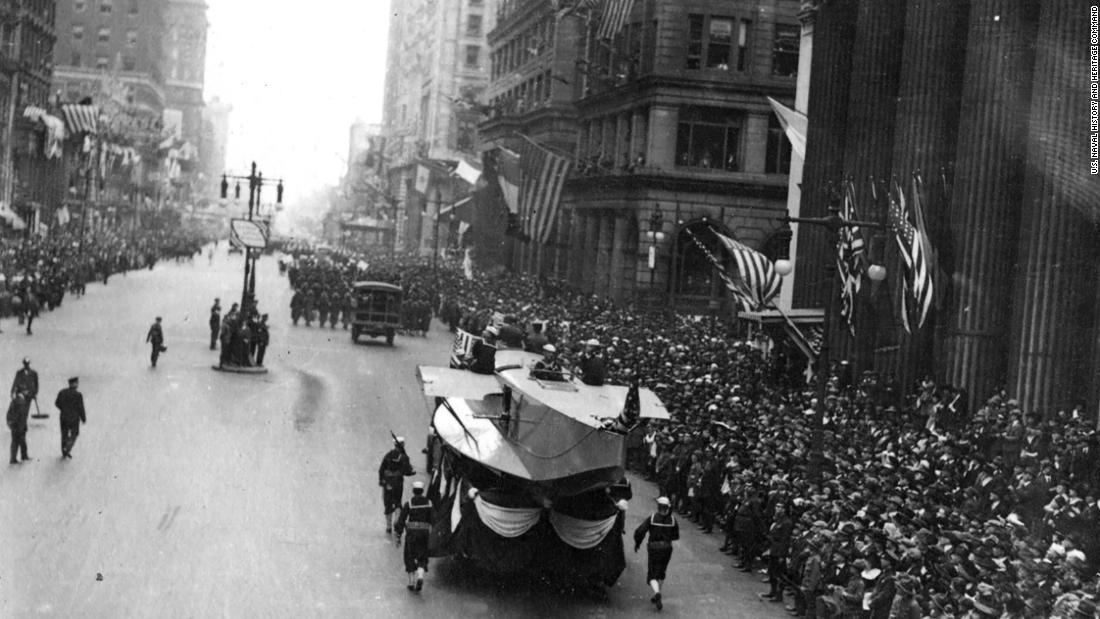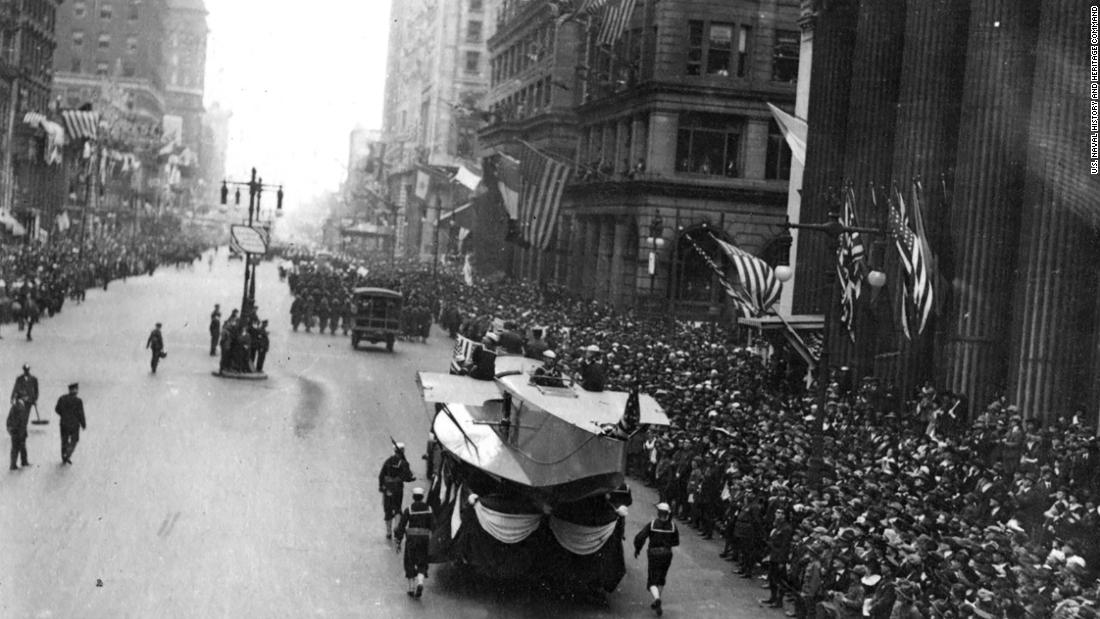[ad_1]

In September 1918, Philadelphia held a planned Liberty Loan Parade to promote the government bonds that were being issued to pay for World War I.
But the parade took place when the pandemic commonly called the Spanish flu — the H1N1 virus — arrived in the city of 1.7 million people.
At first, the virus was just in Spain, where 80% of the population was affected. The virus seemed far away.
It didn’t reach the US until the spring of 1918, among military personnel, the CDC says. As US troops came home from World War I, cases popped up in cities like Boston.
Yet Philadelphia didn’t cancel its Liberty Loan Parade, scheduled for just a little more than a week later. Meant to be a patriotic wartime effort, the parade went on as scheduled on September 28, bringing 200,000 Philadelphians together.
By October 1, there were 635 new cases in Philadelphia, according to UPenn.
Philadelphia was one of the hardest-hit US cities. More than 12,000 people died in six weeks, with about 47,000 reported cases, according to UPenn. By the six-month mark, about 16,000 had died and there were more than half a million cases.
“This deadly example shows the benefit of canceling mass gatherings and employing social distancing measures during pandemics,” the CDC said.
In the US, about 675,000 people died of the 22 million who caught the flu.
[ad_2]
Source link

